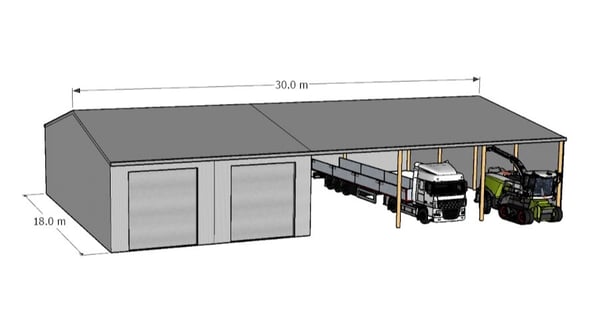When researching a new purchase, the first thing we want to know is how much is it going to cost? We go online and search the relevant websites and normally compare the costs of similar items.
July 6th, 2022
5 min read












